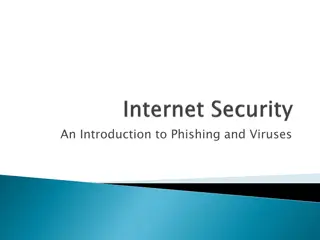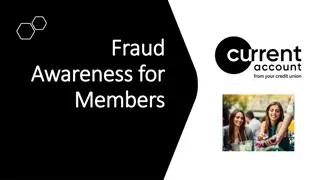
Staying Safe Online_ How to Avoid Phishing Scams?
Learn simple tips to protect yourself from phishing scams and keep your online accounts secure. Stay safe online today!n
Download Presentation

Please find below an Image/Link to download the presentation.
The content on the website is provided AS IS for your information and personal use only. It may not be sold, licensed, or shared on other websites without obtaining consent from the author. If you encounter any issues during the download, it is possible that the publisher has removed the file from their server.
You are allowed to download the files provided on this website for personal or commercial use, subject to the condition that they are used lawfully. All files are the property of their respective owners.
The content on the website is provided AS IS for your information and personal use only. It may not be sold, licensed, or shared on other websites without obtaining consent from the author.
E N D
Presentation Transcript
Staying Safe Online: How to Avoid Phishing Scams? As our lives become increasingly digital, cybercriminals are honing their tactics to exploit our vulnerabilities online. According to recent statistics from the Canadian Centre for Cyber Security, phishing attacks have surged by 47.2% in 2022 alone, with an estimated 3.4 billion fake emails sent daily worldwide. Phishing scams, once easily identifiable, have evolved into sophisticated operations that can deceive even the most tech-savvy individuals. From impersonating trusted institutions to leveraging artificial intelligence for more convincing schemes, these attacks pose a significant risk to our personal information, financial security, and overall digital well-being. As the landscape of cyber threats continues to evolve, so too must our defenses. This is where the expertise of a Canadian cyber security company becomes invaluable. One notable name is IT-Solutions.CA and there are more! These professionals are at the forefront of combating cyber threats, offering advanced solutions and insights to protect individuals and businesses alike.
What are Phishing Scams? Phishing is a type of cyber attack where malicious actors attempt to trick individuals into revealing sensitive information by posing as legitimate entities. These scams often come in the form of emails, text messages, or fraudulent websites that appear genuine at first glance. Key characteristics of phishing attempts include: Urgency: Creating a sense of immediate action required Authority: Impersonating trusted organizations or individuals Fear: Exploiting concerns about security or financial loss Curiosity: Enticing victims with too-good-to-be-true offers Types of Phishing Scams Email Phishing: The most common form of phishing, where attackers send fraudulent emails mimicking legitimate organizations. Spear Phishing: Targeted attacks on specific individuals or organizations, often using personalized information to appear more credible. Whaling: A form of spear phishing targeting high-profile individuals like executives or politicians. Smishing: Phishing attempts via SMS or text messages. Vishing: Voice phishing, where scammers use phone calls to deceive victims. Pharming: Redirecting victims to fake websites by manipulating DNS settings. Read More Article: Cybersecurity 101 Simple Steps to Secure Your Online Accounts Common Phishing Tactics Understanding the tactics employed by phishers is crucial in identifying and avoiding these scams: Spoofed Email Addresses: Using email addresses that closely resemble legitimate ones. Fake Websites: Creating convincing replicas of trusted websites. Malicious Attachments: Including harmful files that install malware when opened. Social Engineering: Manipulating victims through psychological tactics.
To ensure robust protection against cyber threats, it is paramount to be acquainted with phishing tactics, as it allows experts to execute a strategic plan to eliminate the risk. IT-Solutions.CA provides advanced threat detection services that can identify and neutralize these tactics, offering peace of mind to both small-scale and large-scale businesses. Red Flags to Watch For Being able to identify potential phishing attempts is crucial. Here are some red flags to look out for: Suspicious Sender Address: Check the email address carefully. Legitimate organizations use official domain names. Generic Greetings: Phishing emails often use generic greetings like "Dear Sir/Madam" instead of your name. Urgent or Threatening Language: Be wary of messages that create a sense of urgency or threaten negative consequences. Requests for Sensitive Information: Legitimate organizations rarely ask for sensitive data via email or text. Unexpected Attachments: Be cautious of attachments, especially from unknown senders. Poor Grammar and Spelling: Many phishing attempts contain obvious language errors. Mismatched URLs: Hover over links to see if the displayed URL matches the actual destination. Protecting Yourself from Phishing Scams Implementing a multi-layered approach to cybersecurity is the best way to protect yourself from phishing attempts. Here are some essential strategies: Education and Awareness: Stay informed about the latest phishing techniques and scams. Many organizations, including reputable Canadian cyber security companies, offer educational resources and training programs. Use Strong, Unique Passwords: Employ a password manager to create and store complex, unique passwords for each of your accounts. Enable Two-Factor Authentication (2FA): Add an extra layer of security to your accounts by requiring a second form of verification beyond your password. Keep Software Updated: Regularly update your operating system, browsers, and applications to patch known vulnerabilities. Use Anti-Virus and Anti-Malware Software: Install and maintain reputable security software on all your devices.
Be Cautious with Links and Attachments: Avoid clicking on links or downloading attachments from unknown or suspicious sources. Verify Requests for Sensitive Information: If you receive a request for personal or financial information, contact the organization directly using a known, trusted method. Use Secure Networks: Avoid accessing sensitive accounts on public Wi-Fi networks. Consider using a VPN for added security. Monitor Your Accounts: Regularly review your financial and online accounts for any suspicious activity. Implement Email Filters: Use spam filters and email authentication protocols to reduce the number of phishing attempts reaching your inbox. What to Do If You've Been Phished? If you suspect you've fallen victim to a phishing scam, take immediate action: Change Your Passwords: Immediately change passwords for any accounts that may have been compromised. Contact Your Financial Institutions: If you've shared financial information, contact your bank or credit card company immediately. Monitor Your Accounts: Keep a close eye on your accounts for any unauthorized transactions. Report the Incident: Report the phishing attempt to the appropriate authorities and the impersonated organization. Run a Security Scan: Perform a full scan of your device using up-to-date security software. Consider Identity Theft Protection: If sensitive personal information is compromised, consider enrolling in an identity theft protection service. The Role of Professional Cybersecurity Services While individual vigilance is crucial, professional cybersecurity services can provide an additional layer of protection. A Canadian cyber security company with years of experience can offer: Advanced Threat Detection: Utilizing AI and machine learning to identify and neutralize sophisticated phishing attempts. Employee Training Programs: Providing comprehensive cybersecurity awareness training to help individuals recognize and avoid phishing scams. Network Security Audits: Identifying infrastructure and recommending improvements. vulnerabilities in your digital
Incident Response Planning: Developing and implementing strategies to quickly respond to and mitigate the impact of successful phishing attacks. Continuous Monitoring: Offering 24/7 surveillance of your digital assets to detect and respond to threats in real time. Read More Article: Protecting Your Personal Information with Everyday Cybersecurity Tips Emerging Trends in Phishing As technology evolves, so do phishing techniques. Stay informed about these emerging trends: AI-Powered Phishing: Attackers are using artificial intelligence to create more convincing and personalized phishing attempts. Voice Cloning: Advanced technology allows scammers to mimic voices, making vishing attacks more convincing. Deep Fake Phishing: Using deepfake technology to create realistic video and audio content for phishing purposes. IoT Vulnerabilities: As the Internet of Things expands, so do potential entry points for phishers. Cloud Service Phishing: Targeting users of popular cloud services with sophisticated impersonation tactics. Takeaway Cybersecurity is an ongoing process, not a one-time fix. Regularly update your knowledge, stay vigilant, and don't hesitate to seek expert assistance when needed. By staying informed, implementing best cybersecurity services, you can significantly reduce your risk of falling victim to these deceptive attacks. practices, and leveraging professional As a leading Canadian cyber security company, IT-Solutions.CA specializes in protecting businesses from the ever-evolving landscape of online deception across the Great White North. We don't just solve problems; we anticipate and prevent them, ensuring your operations run smoothly 24/7. So, don't let a single malicious email compromise your entire operation. Contact us today for a comprehensive phishing vulnerability assessment. Let's work together to create an impenetrable shield against the rising tide of phishing threats. Site Article: Staying Safe Online: How to Avoid Phishing Scams?

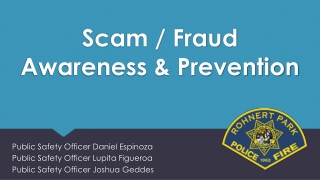


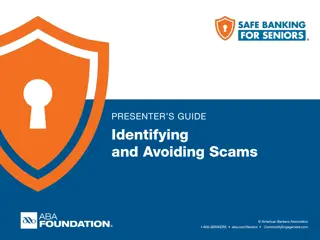


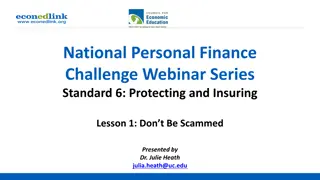


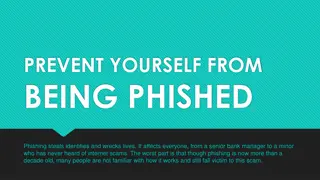
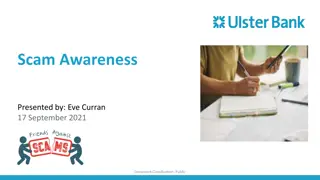
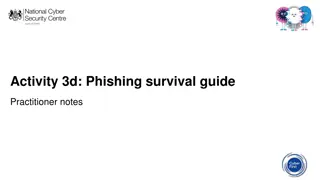
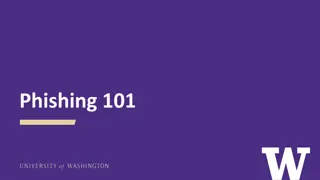
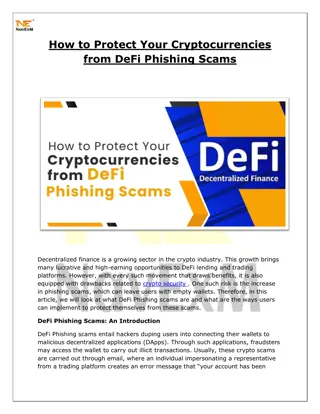
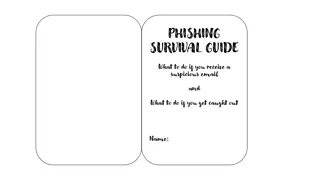
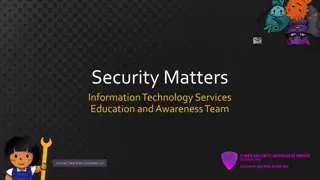
![101 Reviews How to Recover Lost Bitcoin [Scammed/Stolen Funds]](/thumb/153354/101-reviews-how-to-recover-lost-bitcoin-scammed-stolen-funds.jpg)


